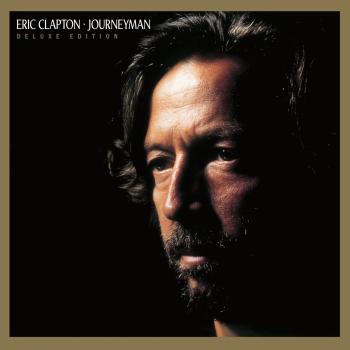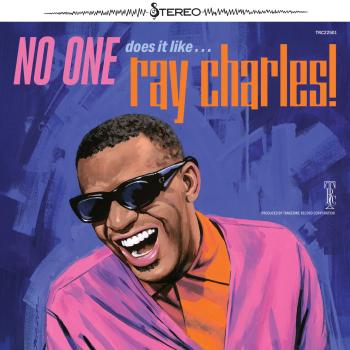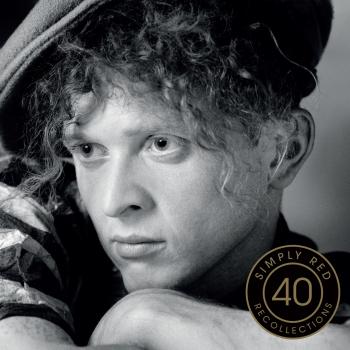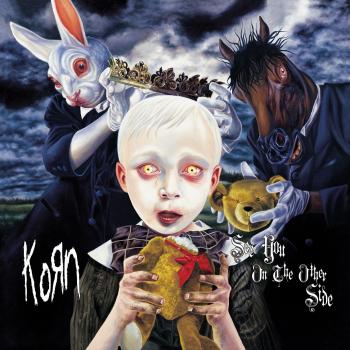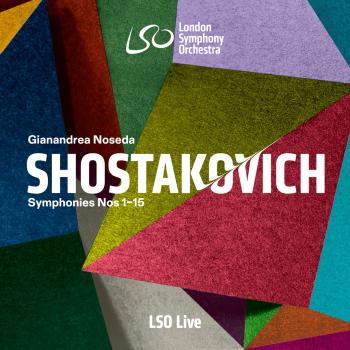Ensemble Entheos and Benoit Damant
Biographie Ensemble Entheos and Benoit Damant
Ensemble Enthéos
The work of Plato, translated and edited in the 15th century, opposes the traditional interpretive technique, preferring the poet’s inspiration, and is a creative force, a fury. The term “enthusiastic” comes from the Greek “enthusiasmos,” and describes the sort of divine possession that takes over the poet, rendering him “engodded” or “entheos.” The creative ardour of Renaissance artistes has produced important literary and musical materials that Ensemble Entheos has chosen to revive through their concerts and shows.
Created in 2005, Ensemble Entheos explores the musical repertoire from the end of the Middle Ages and the Renaissance connected to the courts of the French dukes of Guise and Lorraine. Strong in its research of history of art, organology, and rhetoric, Entheos subscribes to a reasoning of memory and scientific rigour. However, as important as this research-based approach is, Entheos’ concerts and performances are occasions to show the ties between literature, art, music, and history. We want to be loyal to the ways of thinking of Renaissance artists, for whom all creation was also a respect for aesthetic canons and imitation of the Greeks.
Coming from ensembles such as Akadémia, Le Concert Spirituel, Le Poème Harmonique, Les Arts Florissants, Les Percussions de Strasbourg, and Sagittarius, the artists of Entheos have worked under the direction of conductors such as Martin Gester, Valérie Fayet, and Pierre Cao. The instrumentalists of Entheos play on facsimiles of 16th century instruments and conduct their own research on facture, bows, reeds, mouthpieces, and methods of playing. The close examination of the works themselves constitutes, however, the heart of Entheos’ artistic project.




